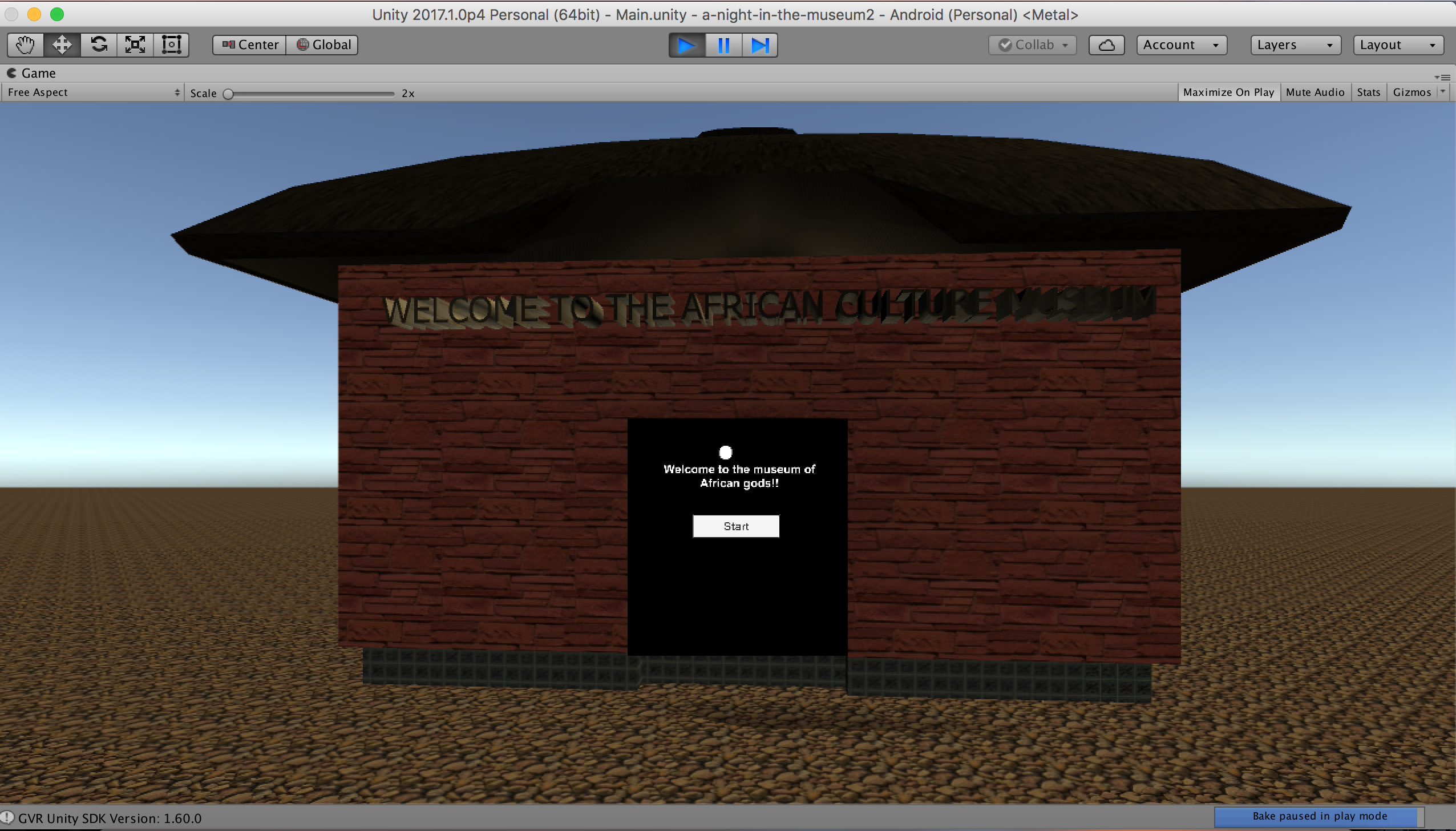
Introduction
The African gods in VR project I did got a lot of feedback from Judith of Imisi3D, Jehoshaphat, Malik, Ekundayo, Aliyu, Olaide, Bolaji, friends and colleagues who downloaded and tested the app. I want to say a big thank you for all the feedback. If you haven't downloaded the app, you can get it here
Final piece video with feedback implemented
In this article, I'll talk about the changes I made referencing:
- 3D model of the Museum Environment
- Spatial sounds
- Development changes
1.0) 3D model of the Museum Environment
A friend and a colleague of mine Ekundayo who is an amazing 3D modeller helped with the design of the museum environment. He made use of the Google Sketchup. to model the environment(I'll have to hijack him to give me few lessons on 3D modelling 😌).
We had a lot of iterations with the design and thanks to Judith's feedback, we were able to come up with this.
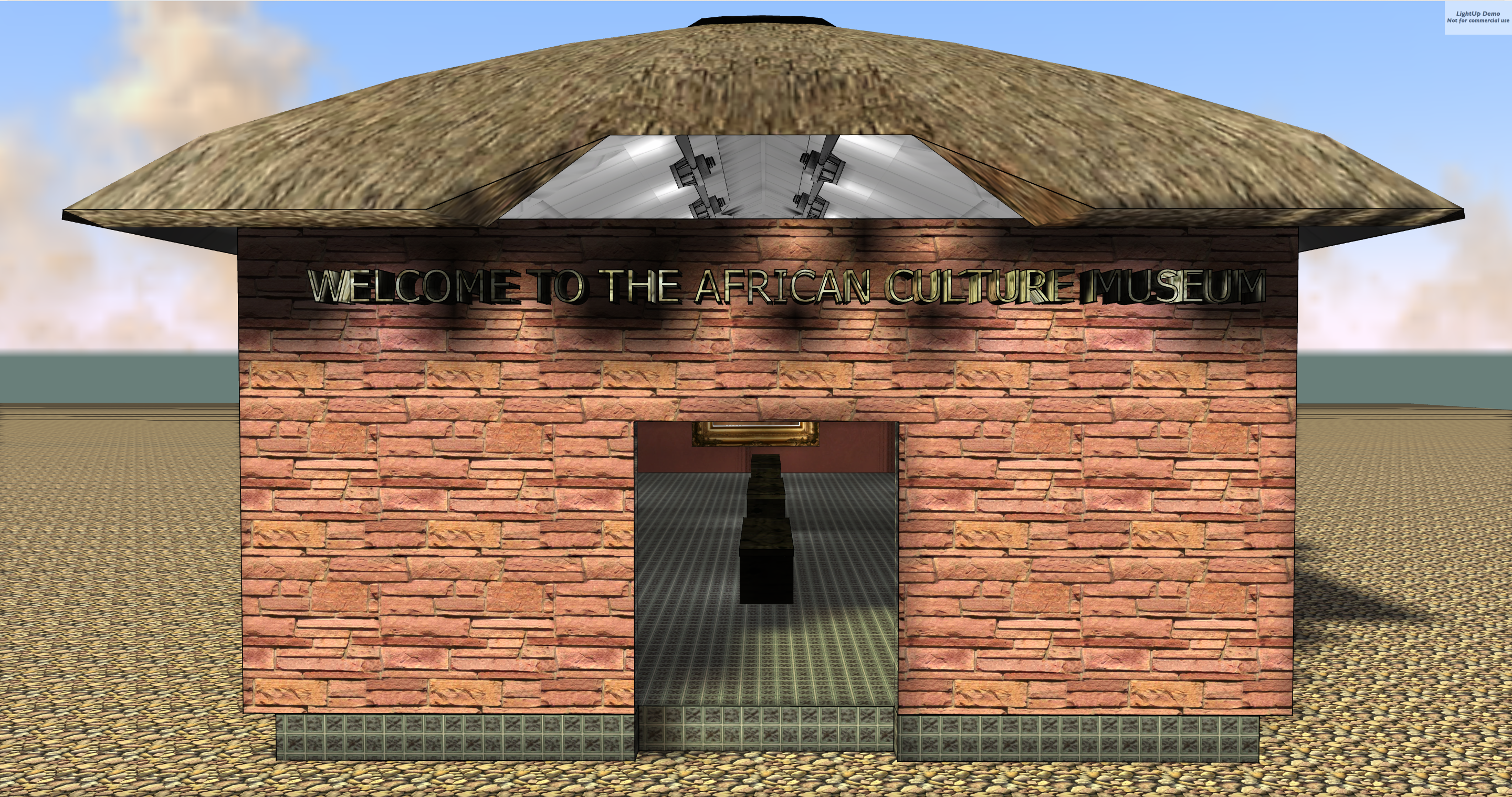
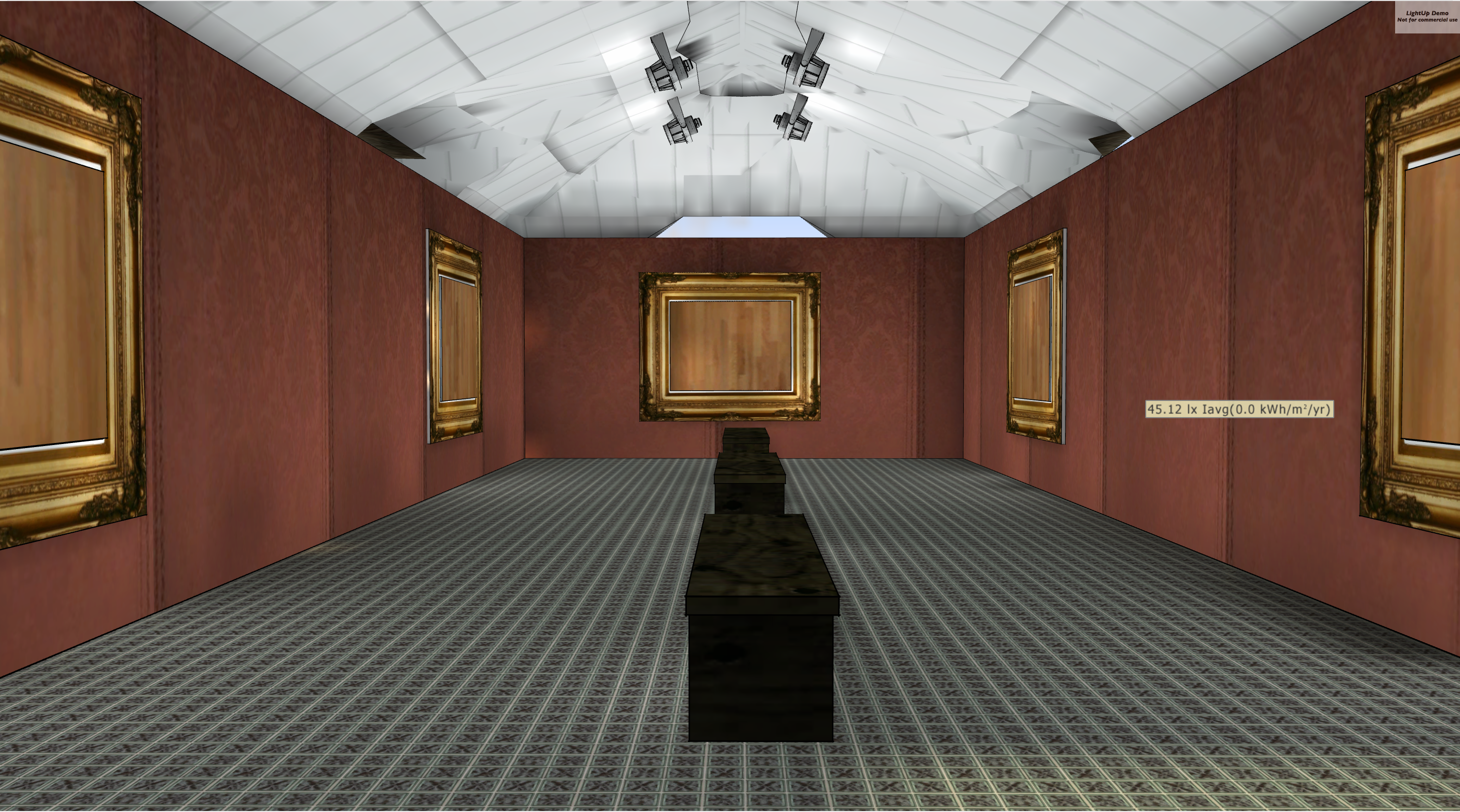
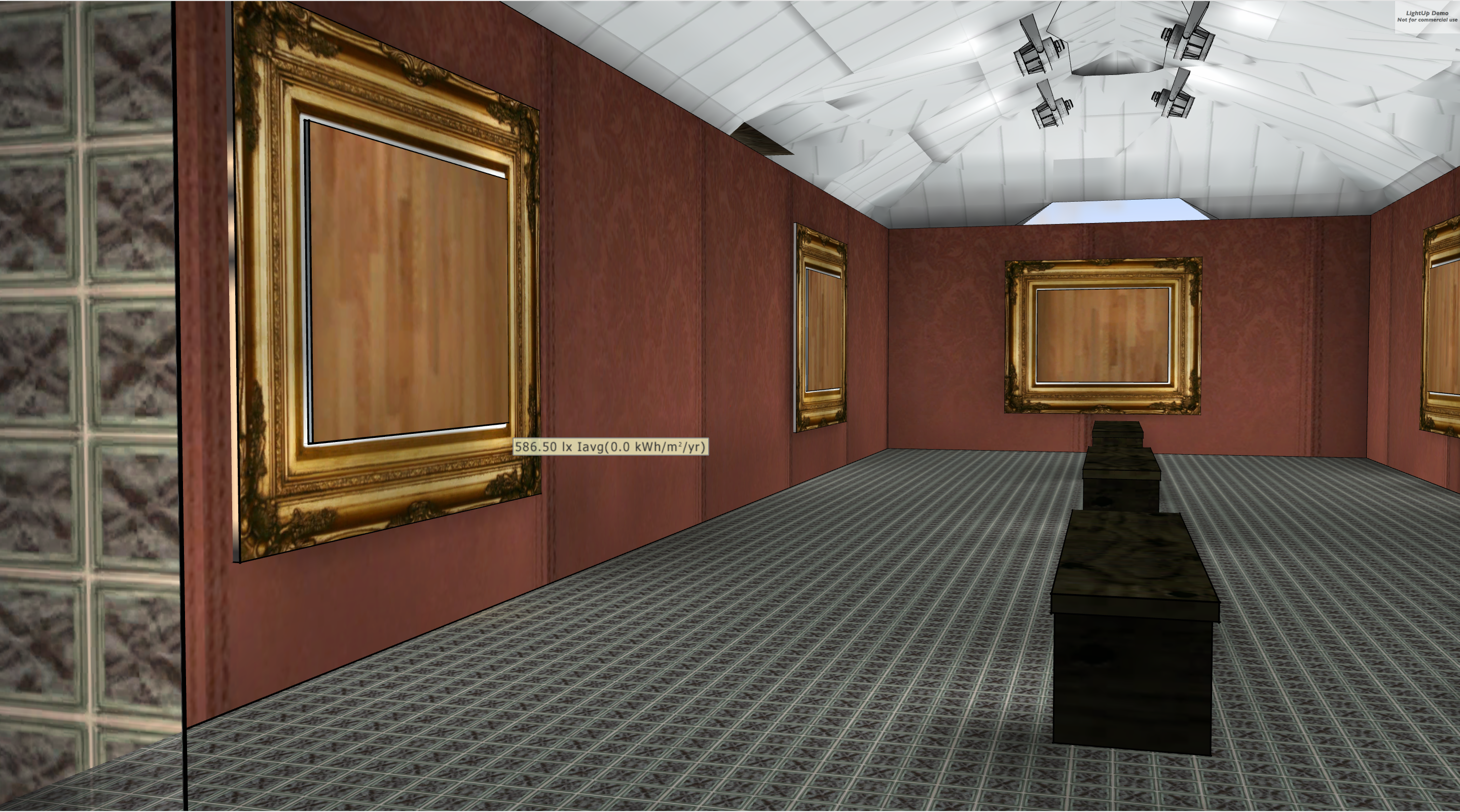
1.1) Exporting and Importing the 3D model to Unity
When exporting your 3D models, you are exporting two folders:
- A folder containing the materials and a prefab of the 3D model. This is usually exported in
.fbx format. - A folder with textures of the 3D model. The folder contains images in
.jpg format.
Materials- They are surfaces that you apply your textures on. For example, if you import a 3D model of a door. A door has many components such as the wood, the handle, and the key. Each component can be represented by a Material and each material can be given the texture associated with it.
Textures- They are images that Material references.

Materials
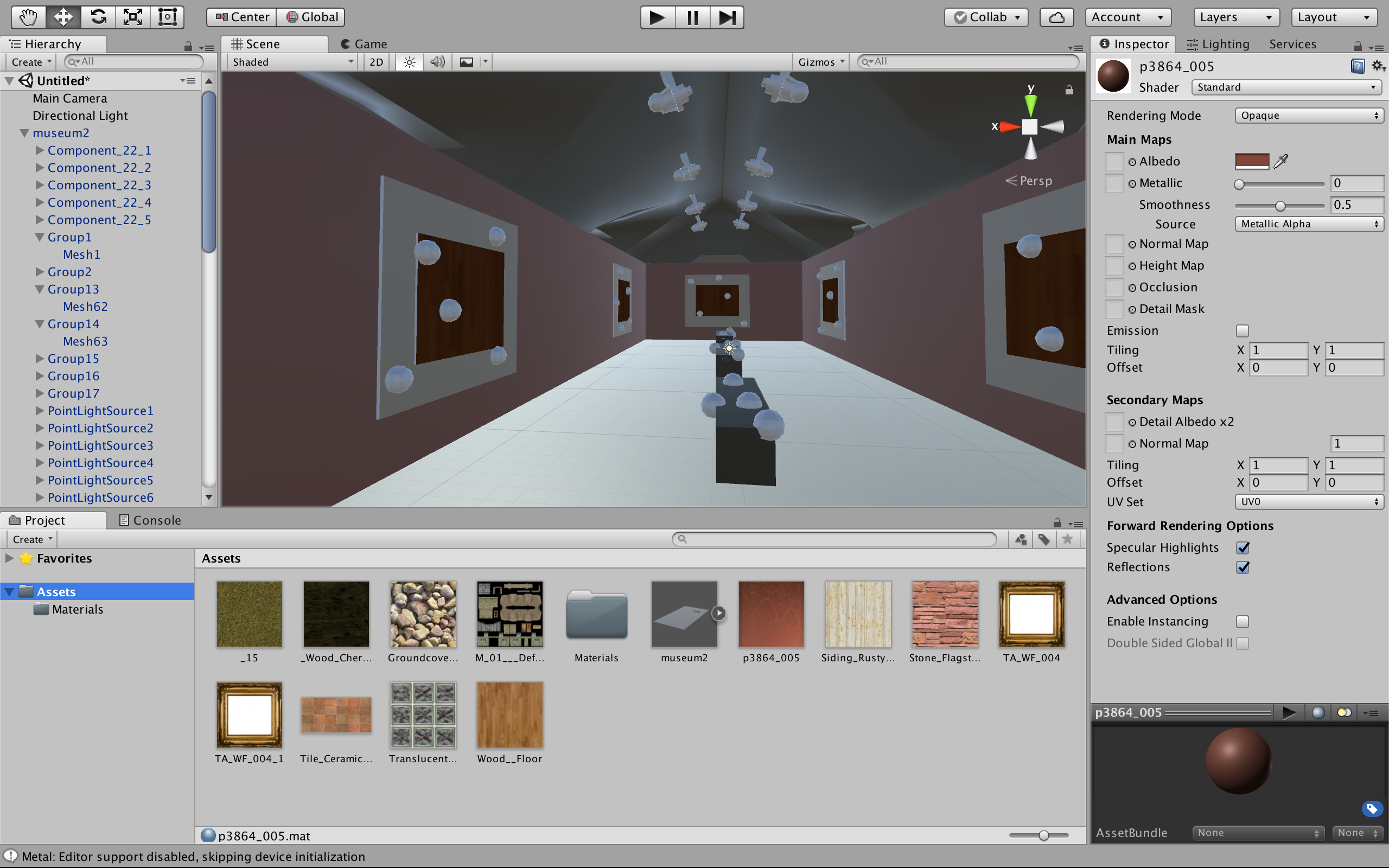
Textures
Later in the article, I'll show you how you can add textures to materials.
To import your 3D model into Unity, click on the import New Asset in the asset folder. You can also drag the 3D model too.

After importing the 3D model, you should see two items; a folder called materials and a prefab.
Prefabs - Are reusable components or scenes that can be imported and exported into any unity project for reuse. To read more about prefabs, check out unity documentation.
Next, after importing your 3D model, you need to add the prefabs to your scene. The prefabs can be found in the Assets folder. Here is how your model looks.
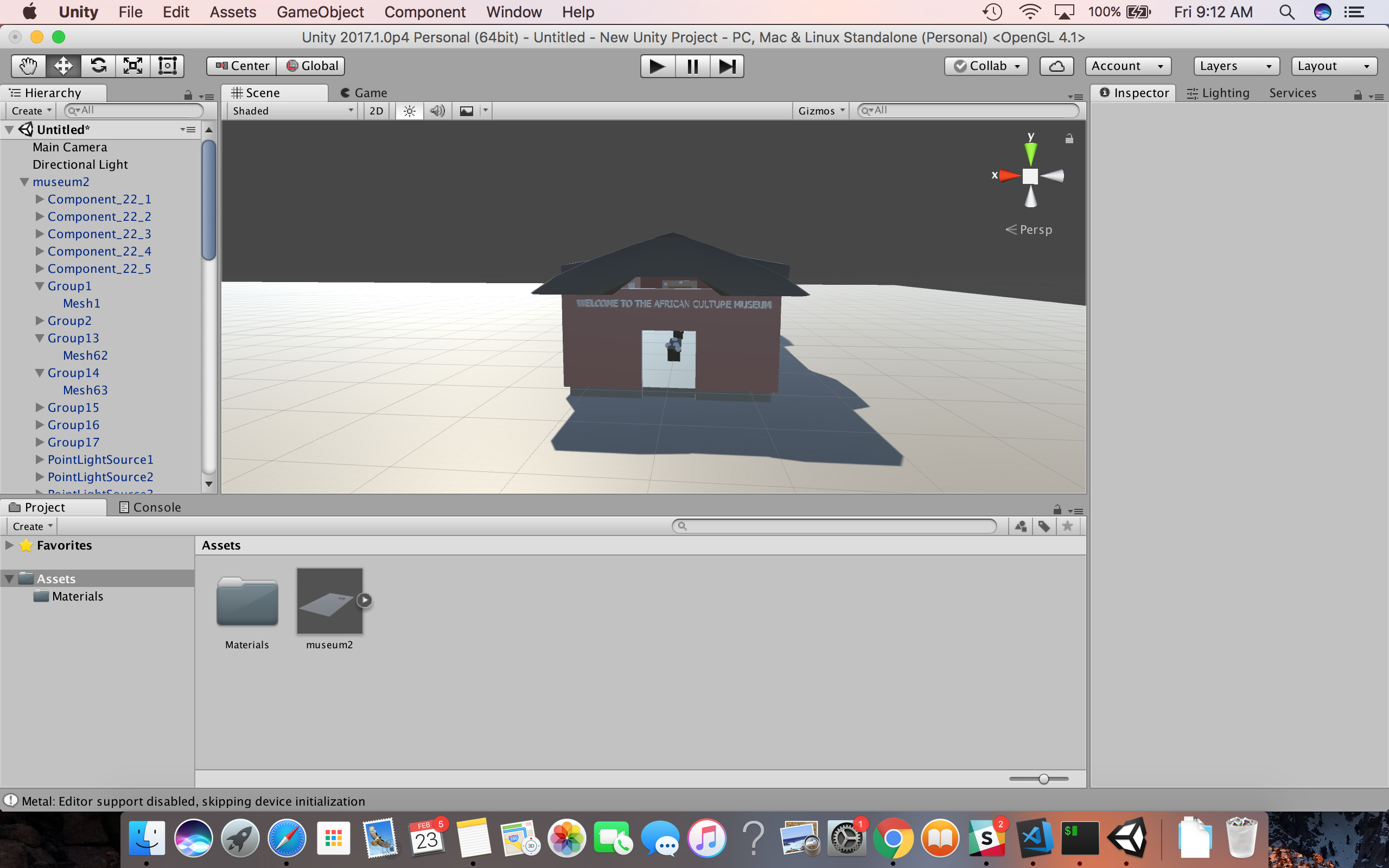 .
.
It doesn't look much like the design I posted initially. You need to add your textures to the materials.
1.2) Adding textures to materials
2.0) Spatial sounds
Spatial or 3D sounds simulate sounds that convinces anyone that he/she is in a real-life environment. To have a better understanding, listen to the barber shop's spatial sound.
I couldn't get a sound engineer to help with the spatial sound for my VR app, so I used free spatial sounds I got online. They are usually in the .wav format.
3.0) Development changes
In my previous article about VR devices and platforms, I talked a little bit about 3DOF and 6DOF with their devices. 3DoF(Degree of Freedom) only tracks your head rotations along the X, Y and Z axes. Unlike 6DoF, which tracks both your head rotations and your position, meaning you can move in the VR environment. 3DoF is to Google cardboard while 6DOF is to Oculus.
The African gods in VR app is built with Google cardboard VR SDK for unity which has to be added to your project. You can read more here. I decided to build for the Gear VR which is powered by Oculus Rift. I added Oculus VR SDK in order to get an APK of the app.
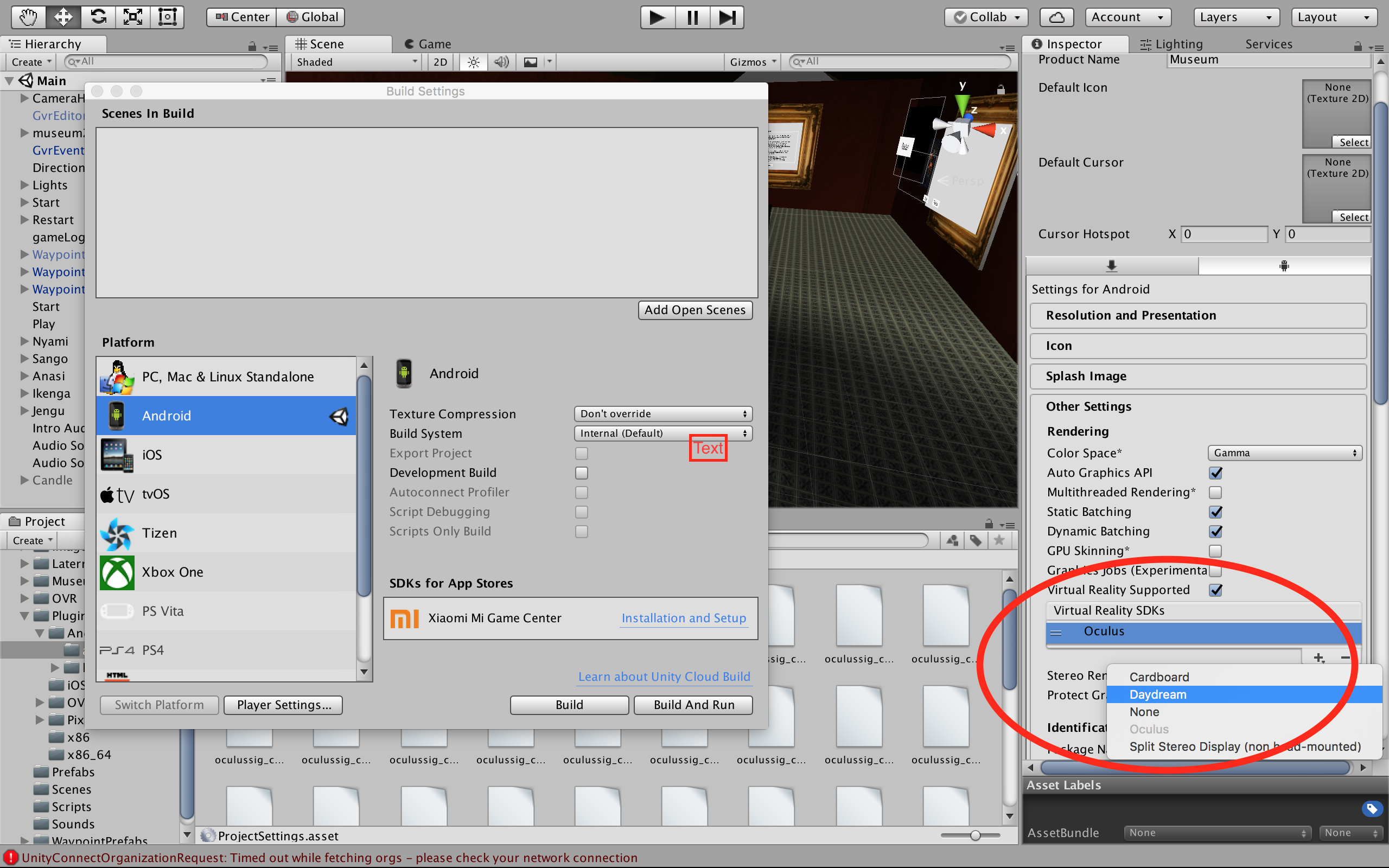
To test your Gear VR app, you need the following:
- An Oculus Signature File (osig)
- Samsung Gear VR
- Any Samsung Galaxy device
Your Gear VR app can only be tested on Samsung Galaxy devices which I didn't have 😫. I had to use a colleague's phone to test the VR app. The osig file of the Samsung device has to be used to run and build your application.
You can generate your osig file here and add it to your android folder as seen in the image below.

4.0) Challenges
The challenges I faced while implementing the feedback were mostly around:
- Lightning the environment
- Add more animations
- deployment to Oculus store.
I've been going through Plural Sight tutorials on Unity to be well grounded in it.
5.0) Next Steps
I'll be revisiting my old projects and updating them with the new knowledge I've gotten during the course of my Nanodegree training.
Here are other links to my work on VR: